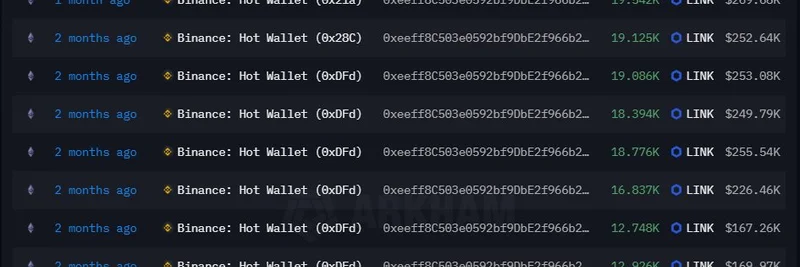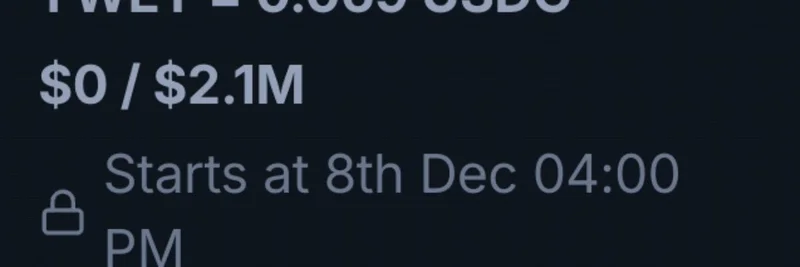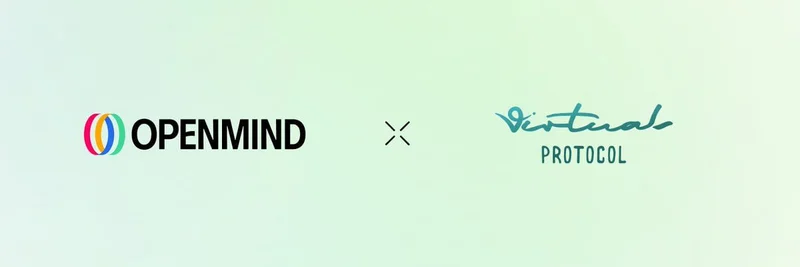In the fast-paced world of cryptocurrency, big moves by large investors—often called "whales"—can stir up a lot of buzz. Recently, a tweet from Onchain Lens highlighted one such whale making significant withdrawals of Chainlink's $LINK token from Binance, the world's largest crypto exchange. Let's break this down in simple terms and explore why it matters, especially if you're into meme tokens or broader blockchain tech.
Chainlink is a decentralized oracle network that helps smart contracts on blockchains like Ethereum securely connect to real-world data. Think of oracles as bridges that feed external information—like stock prices or weather data—into blockchain apps. $LINK is the native token used to pay for these services, making it a key player in the DeFi (decentralized finance) space.
According to the tweet by Onchain Lens, this whale pulled out 124,856 $LINK, valued at about $2.73 million, from Binance just 21 minutes before the post. But that's not all—over the past two months, the same address has accumulated a total of 304,003 $LINK, worth around $6.63 million at the time of withdrawal. Even better for the whale, they're sitting on a floating profit of $1.5 million, meaning the value of their holdings has increased since they bought in.
The transactions, as shown in the screenshot above, come from various Binance hot wallets (these are exchange-controlled addresses used for quick transfers). The whale's address, 0xeeff8C503e0592bf9DbE2f966b218134E8D154Ce, has been steadily stacking $LINK, with inflows ranging from 12,000 to 19,000 tokens per transaction over the last couple of months.
Why Do Whale Withdrawals Matter?
When whales move coins off exchanges like Binance, it's often seen as a bullish sign. Why? Exchanges are custodial, meaning you don't fully control your assets there. Withdrawing to a personal wallet suggests the holder plans to hold long-term (HODL, in crypto slang) rather than sell soon. This reduces selling pressure on the market and can hint at confidence in the asset's future.
For Chainlink specifically, this accumulation comes at a time when the network is expanding its role in real-world asset (RWA) tokenization and cross-chain interoperability. If you're tracking meme tokens, remember that many fun, viral projects rely on Chainlink oracles for things like random number generation in games or price feeds in DEXs (decentralized exchanges). A stronger $LINK could indirectly boost the ecosystem where memes thrive.
Potential Implications for the Market
- Bullish Signal for $LINK: With Bitcoin and Ethereum showing volatility, altcoins like $LINK might benefit from renewed interest in utility tokens. If more whales follow suit, we could see price pumps.
- Onchain Transparency: Tools like Arkham Intelligence (where the address explorer link points) make it easy to track these moves. It's a reminder of blockchain's transparency—anyone can verify the data.
- Risks to Consider: Not all withdrawals are purely bullish; sometimes, they're for staking, lending, or even preparing for a dump. Always do your own research (DYOR) and check onchain data yourself.
If you're building or investing in meme tokens, keeping an eye on foundational projects like Chainlink can give you an edge. Whales don't move millions without reason, and this could be a clue to bigger trends ahead. Stay tuned to Meme Insider for more onchain scoops and how they tie into the wild world of memes!




